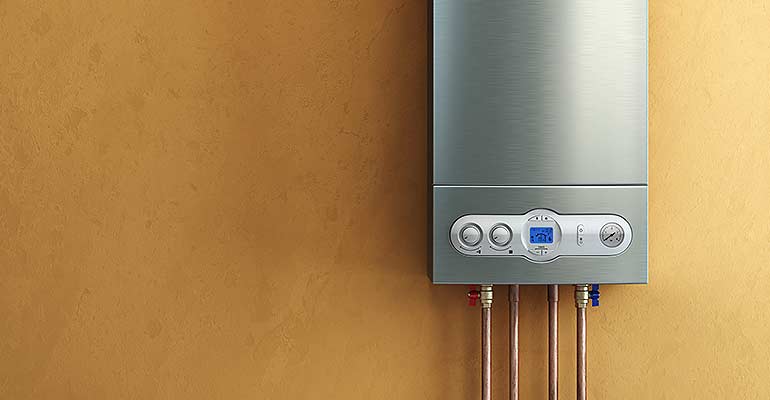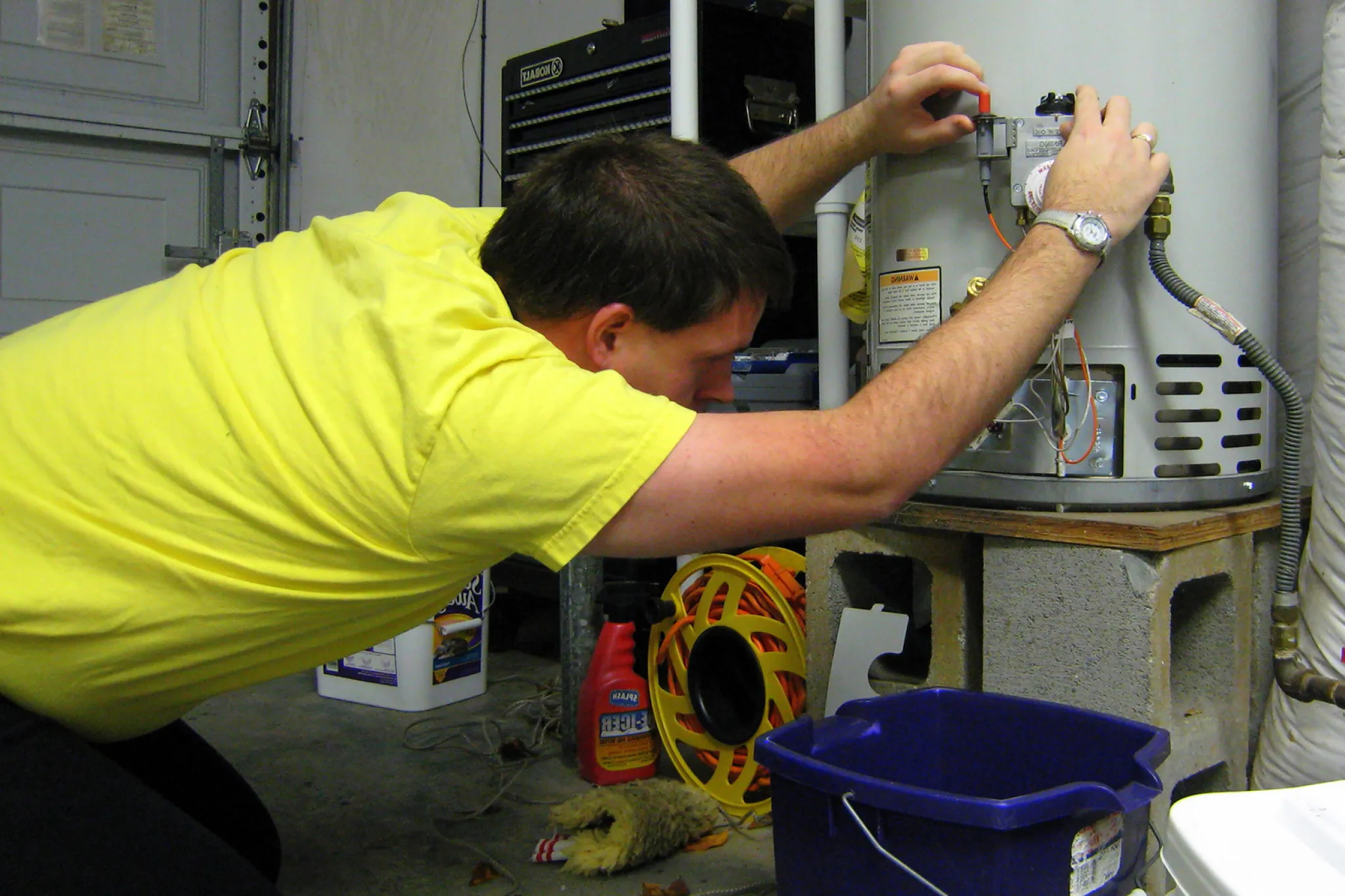Effective Techniques for Caring for Your Home's Hot Water SystemKey Maintenance Tips for Your Home's Hot Water SystemEnsuring Longevity of Your Home's Hot Water System: Maintenance Advice
Effective Techniques for Caring for Your Home's Hot Water SystemKey Maintenance Tips for Your Home's Hot Water SystemEnsuring Longevity of Your Home's Hot Water System: Maintenance Advice
Blog Article
What're your opinions with regards to Tips For Maintaining Your Hot Water Heater?

Hot water is vital for daily convenience, whether it's for a rejuvenating shower or washing recipes. To ensure your warm water system runs successfully and lasts much longer, regular upkeep is essential. This post offers sensible tips and insights on how to keep your home's hot water system to prevent interruptions and costly fixings.
Introduction
Maintaining your home's warm water system might seem daunting, yet with a few simple steps, you can ensure it runs efficiently for years to come. This overview covers every little thing from comprehending your warm water system to DIY maintenance pointers and knowing when to call professional assistance.
Importance of Preserving Your Warm Water System
Normal maintenance not only prolongs the life-span of your warm water system but likewise guarantees it runs successfully. Disregarding maintenance can bring about decreased efficiency, higher power costs, and also early failure of the system.
Signs Your Warm Water System Requirements Maintenance
Knowing when your hot water system needs interest can protect against significant issues. Keep an eye out for indications such as inconsistent water temperature level, weird noises from the heater, or rusty water.
Understanding Your Hot Water System
Prior to diving into upkeep jobs, it's handy to comprehend the standard parts of your warm water system. Typically, this includes the water heater itself, pipelines, anode rods, and temperature level controls.
Monthly Maintenance Tasks
Regular month-to-month checks can help capture minor problems before they escalate.
Flushing the Hot Water Heater
Flushing your water heater gets rid of debris accumulation, boosting efficiency and lengthening its life.
Checking and Changing Anode Rods
Anode poles avoid rust inside the tank. Inspecting and changing them when worn is essential.
Checking and Readjusting Temperature Level Settings
Changing the temperature level settings ensures optimal performance and security.
DIY Tips for Upkeep
You can do several upkeep tasks on your own to maintain your warm water system in top condition.
Looking for Leaks
Regularly inspect pipes and links for leakages, as these can cause water damages and greater bills.
Testing Stress Alleviation Valves
Testing the pressure safety valve guarantees it operates correctly and prevents excessive pressure build-up.
Protecting Pipes
Shielding hot water pipelines reduces warmth loss and can save energy.
When to Call a Professional
While DIY upkeep is helpful, some issues call for professional proficiency.
Facility Issues Needing Professional Assistance
Examples include significant leaks, electric issues, or if your hot water heater is constantly underperforming.
Routine Expert Upkeep Advantages
Specialist upkeep can include thorough examinations, tune-ups, and making sure conformity with safety criteria.
Verdict
Regular maintenance of your home's warm water system is vital for performance, longevity, and price savings. By complying with these ideas and recognizing when to seek specialist aid, you can make certain a dependable supply of hot water without unanticipated disruptions.
Water Heater Maintenance: The Basics
Maintaining your water heater will ensure it operates efficiently and has a longer lifespan. Neglecting regular maintenance can lead to costly repairs and an even bigger chunk of your savings if you have to replace it sooner than necessary. But there’s good news: Most water heater maintenance tasks are relatively simple and easy for homeowners with basic DIY skills.
Flush the Water Heater
Over time, sediment and minerals can build up in the tank, reducing its efficiency and potentially causing damage. To flush the tank, turn off the power or gas supply, attach a hose to the drain valve near the bottom and open the valve to drain the water until it runs clear. Ideally, flush the tank annually.
Replace the Anode Rod
The anode rod is a sacrificial metal rod that helps prevent corrosion inside the tank. Inspect and replace it every three to five years or per the manufacturer's recommendation. To replace the anode rod, turn off the power or gas supply, drain a few gallons of water from the tank, unscrew the old rod and replace it with a new one. If the anode rod is significantly corroded or covered in calcium buildup, it's a sign the water heater may need to be replaced soon.
Tune-Up
A yearly tune-up can help identify potential issues and ensure your water heater operates at peak efficiency. This typically involves checking the thermostat, burner assembly (for gas heaters) and any other components specified by the manufacturer. During a tune-up, the technician may also clean the burner and adjust the pilot light (for gas heaters) or examine the heating elements (for electric heaters).
How to Maintain Your Water Heater
Insulate the tank. Insulating the tank can improve energy efficiency and reduce heat loss, saving you money on energy bills. You can purchase precut insulation blankets designed specifically for water heaters or use standard fiberglass insulation wrapped securely around the tank. Check the temperature. The recommended water temperature for most households is around 120 degrees Fahrenheit (49 degrees Celsius). Higher temperatures can increase energy costs and potentially cause scalding. Use a kitchen thermometer to check the temperature at the faucet nearest the water heater. Monitor water pressure. Excessive water pressure can strain the water heater and cause leaks or even tank failure. Install a pressure-reducing valve if necessary. The ideal water pressure range is between 60 and 70 PSI (pounds per square inch). Test the temperature and pressure (T&P) relief valve. The T&P relief valve is a safety feature that releases pressure if the tank gets too hot or the pressure builds up too high. Test it annually by lifting the lever and allowing a small amount of water to release. Replace the valve if it doesn't release water or reseal properly. Check for leaks. Regularly inspect the tank, pipes and fittings for leaks or corrosion. Deal with issues promptly to prevent further damage. Even a small leak can lead to significant water damage over time. Consider a tankless water heater. If your traditional tank-style water heater is nearing the end of its lifespan ( typically 10 years), consider replacing it with a tankless water heater. These units heat water on demand, reducing standby energy losses and potentially saving you money on your energy bills. Schedule professional maintenance. While homeowners can perform many water heater maintenance tasks, it's still a good idea to schedule professional maintenance every few years. A plumber or HVAC technician can thoroughly inspect the unit, identify potential issues and ensure it operates safely and efficiently. https://www.homeserve.com/en-us/blog/home-improvement/hot-water-heater-maintanence/

Do you like reading up on Tips on Maintaining a Water Heater? Write a remark down below. We'd be glad to see your insights about this blog. In hopes to see you back again later on. Enjoyed reading our content? Please share it. Let others locate it. Thanks a lot for going through it.
Instant Quote Report this page